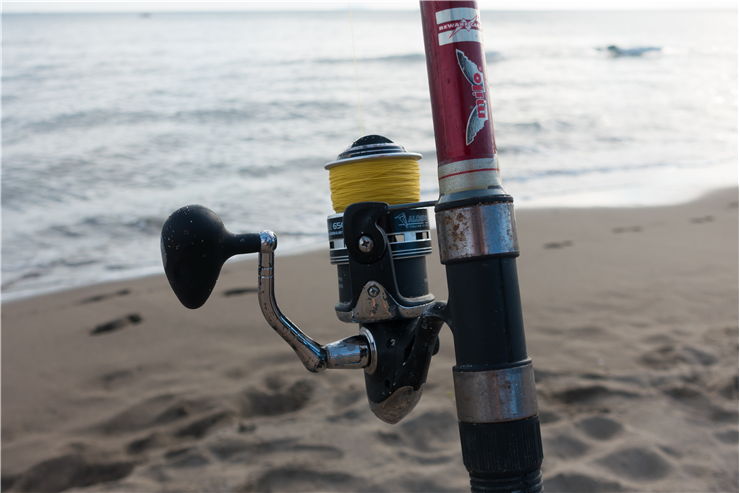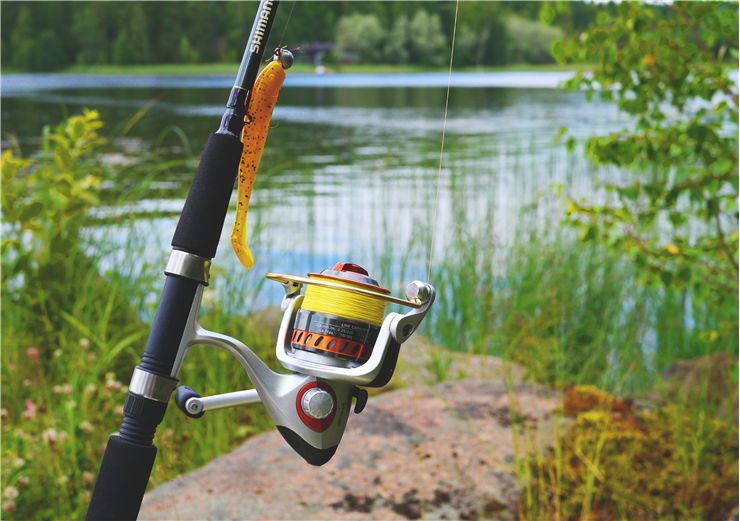Fishing Line History - Who invented Fishing Line?
Fishing line is a cord used for fishing, more precisely angling – fishing with a fish hook. It is an old invention but how old – we don’t know for sure (as with other things that were made of materials that didn’t survived the centuries.)
Archeologists found ancient Egyptian art representing fishermen that caught the fish with a rod, line and fishing hook that dated from the year 2,000 BC. We also know that Chinese used line made of silk for angling in 4th century. We assume that [people before that used vines as line. And that is about all we know about early uses of line.
When the angling became popular in in Europe, in England in 15th century, fisherman used braided horsehair as a material for line and this horse hair they braided themselves. To make it, they first had to find good-quality horsehair that didn't have weak spots and braid it with a special tool. Line made of braided horsehair used to wear out while used. Individual strands would break which made the line weaker at that spot and the line would break there eventually. Silk line replaced the horsehair in 1908. This line was also woven but silk threads were long and much stronger than horsehair. It could also be made by machines (instead by hand like horsehair) which took the burden from fishermen. Silk line was still not perfect because had to be rinsed and dried on open spools after every use and the ultraviolet light from Sun damaged it. At the same time linen line appeared and was used for catching big-game fish. Its strength depended on the number of threads in the line. Because it was made of organic materials (the same as silk), linen line also needed special care not to be damaged by bacteria, mold and ultraviolet light.
The Second World War brought (among other things) many scientific discoveries. That was also the time when synthetic materials were improved. These materials will later be used for fishing lines. First synthetic fishing lines were made of polyester (marketed as Dacron by Du Pont) and they entered the market in 1950s. Dacron is still known for its strength and long life. Du Pont chemists invented nylon in 1954 and made braided nylon line but it was too elastic for fishing so they improved it into a monofilament made from a single, high-strength line which is still in use today. Dutch State Mines invented in 1987, a line made from multi-fibered polyethylene which had high strength. This line was known as Spectra in United States and Dyneema in Europe.
Today’s lines are almost all made of synthetic materials like:
- nylon,
- polyvinylidene fluoride,
- polyethylene,
- copolymers,
- fluorocarbon,
- Dacron
- polyethylene.
Fluorocarbon fishing line has a refractive index similar to that of water which makes it almost invisible and is very valued because of that.
Fly lines are made of tough braided or monofilament core with a polyvinyl chloride coating which makes it waterproof.
Tenkara lines are made of braided monofilament with a number of threads decreasing toward the hook.

